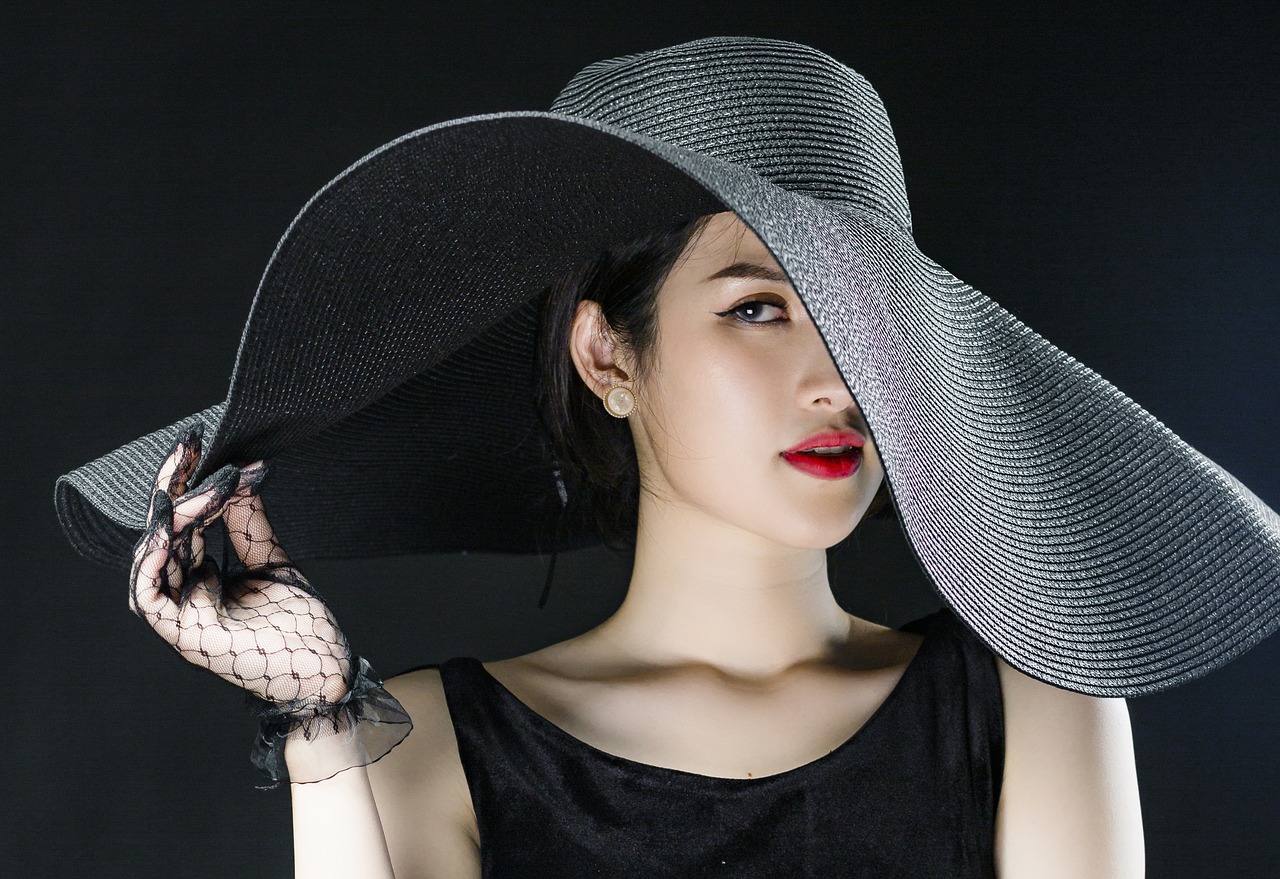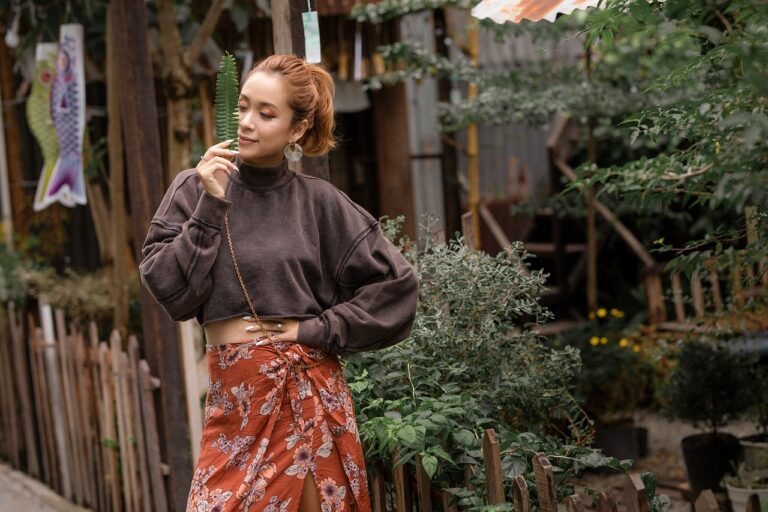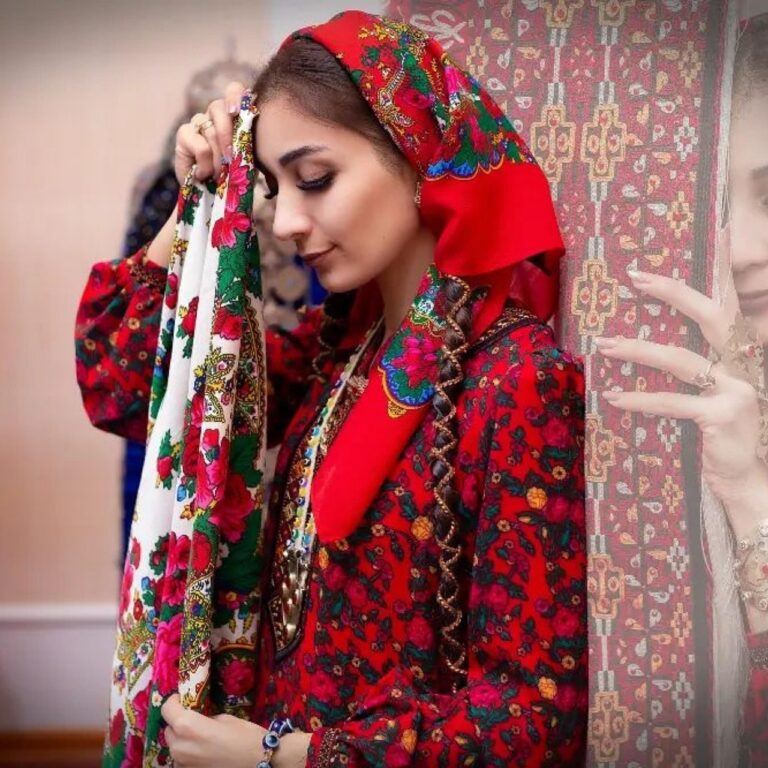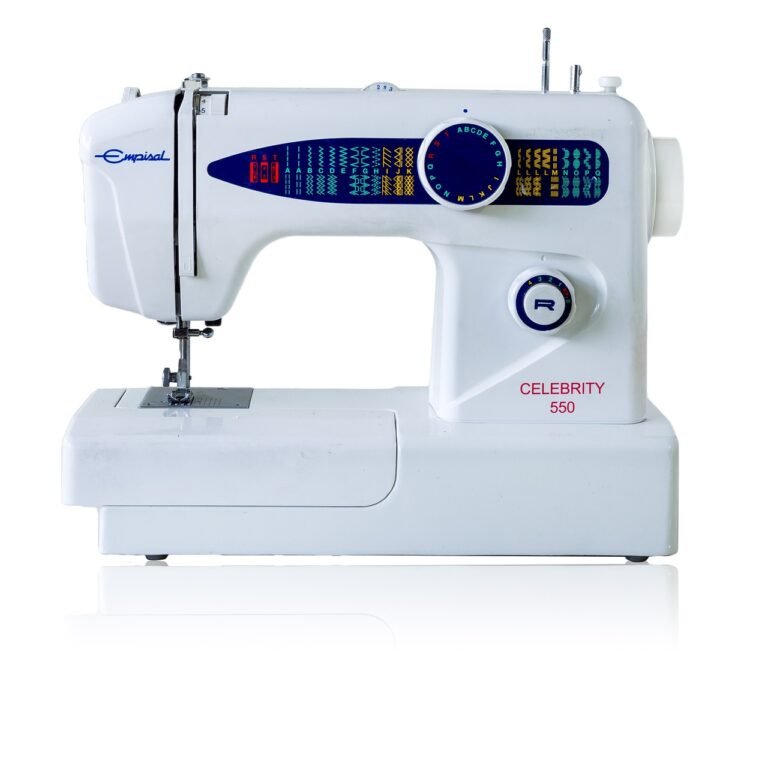From Sketch to Sample: The Journey of Bringing a Fashion Design to Life
Sketching the initial design is the pivotal first step in the creative process of bringing a vision to life. It is the moment when ideas start to take shape on paper, capturing the essence and concept of the design. This stage allows the designer to explore different possibilities, play with shapes and proportions, and experiment with various aesthetic elements. The sketch serves as a visual roadmap, guiding the designer through the journey of transforming imagination into reality.
Through sketching, designers are able to refine their concepts, distilling them into a clear and coherent form. It is a process of constant refinement and iteration, where each stroke of the pencil adds depth and detail to the design. Sketching also serves as a communication tool, enabling designers to convey their ideas to clients, collaborators, and manufacturers. It lays the foundation for the next steps in the creative process, setting the stage for the meticulous work of material selection and pattern making.
Choosing Fabrics and Materials for the Design
Selecting the right fabrics and materials is a crucial step in the design process. The materials chosen can greatly impact the overall look, feel, and quality of the final product. Designers often consider factors such as texture, weight, color, and durability when making their selections.
Additionally, designers must assess the functionality of the materials in relation to the intended purpose of the design. Whether it be creating a structured garment, a soft accessory, or a sturdy piece of furniture, the fabrics and materials chosen should align with the intended use of the product. It is important for designers to strike a balance between aesthetics and functionality to ensure a successful end result.
• Consider texture, weight, color, and durability of fabrics
• Assess functionality in relation to intended purpose of design
• Balance aesthetics and functionality for successful end result
Pattern Making: Translating the Sketch into a Blueprint
The transition from a mere sketch to a tangible blueprint is where the artistry of pattern making truly shines. This critical step involves transforming the two-dimensional vision into a detailed plan that serves as the foundation for bringing a design to life. Each line, curve, and measurement must be meticulously considered and accurately represented to ensure the final garment aligns with the original concept.
Pattern making necessitates a keen eye for detail and precision, as even the slightest deviation can alter the intended silhouette or fit. This stage requires a deep understanding of garment construction and draping techniques, allowing the designer to anticipate how the fabric will interact with the body. By meticulously translating the sketch into a blueprint, the designer lays the groundwork for the subsequent stages of garment production, setting the stage for the realization of their creative vision.
What is the first step in the pattern making process?
The first step in pattern making is sketching the initial design of the garment.
How do you choose fabrics and materials for the design?
When choosing fabrics and materials, consider the desired look, feel, and functionality of the garment.
What is the purpose of translating the sketch into a blueprint?
Translating the sketch into a blueprint allows for accurate measurements and construction of the garment.
Can pattern making be done by hand or is it typically done digitally?
Pattern making can be done both by hand and digitally, depending on personal preference and resources available.
Why is pattern making an important part of the garment design process?
Pattern making ensures that the garment fits properly and accurately reflects the designer’s vision.







